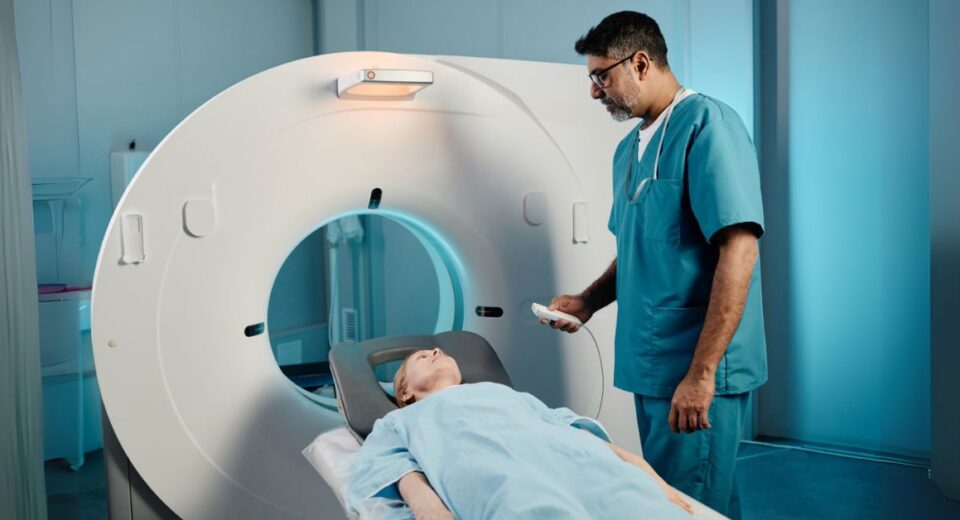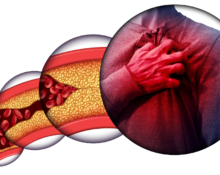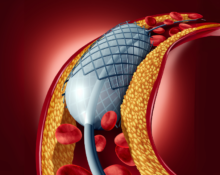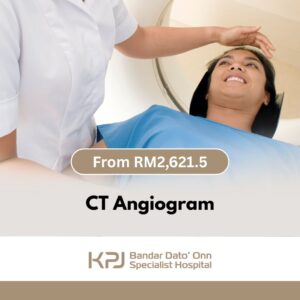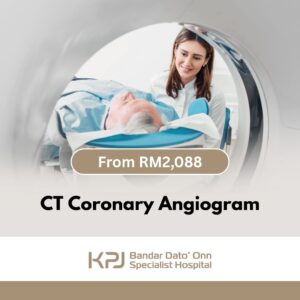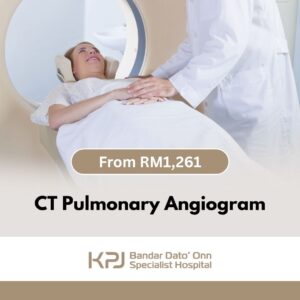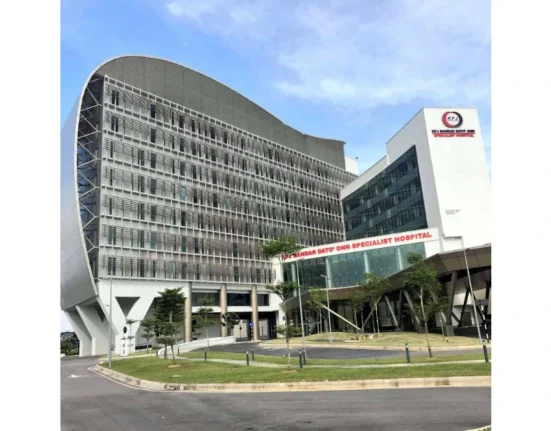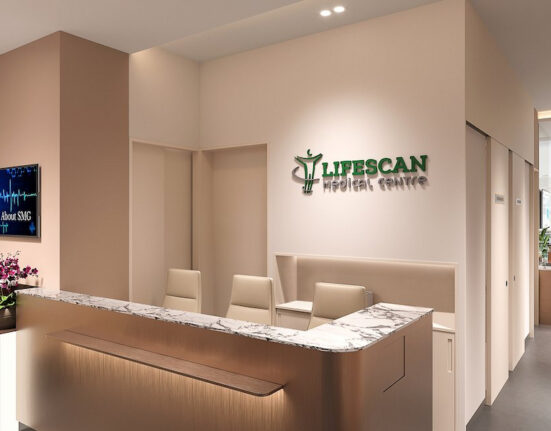Angioplasty and Stent Placement for the Heart
A Treatment Option for Narrowed Heart Arteries
Angioplasty, also known as balloon angioplasty, is a medical procedure that may be used to open narrowed or blocked arteries in the heart. During the procedure, a balloon is used to widen the artery, and in many cases, a stent (a small metal mesh tube) is placed to help keep the artery open. This procedure is part of percutaneous coronary intervention (PCI) and is commonly used in patients with coronary artery disease.
Guide to Finding a Cardiologist for Heart Stent
- August 19, 2025
- 673 Views
- Reading Time: 2 minutes
Coronary Heart Disease Treatment and Diagnosis in Singapore and Malaysia
- August 19, 2025
- 672 Views
- Reading Time: 4 minutes
Complete Guide to Coronary Angioplasty
- August 19, 2025
- 690 Views
- Reading Time: 3 minutes
When Angioplasty May Be Recommended
Coronary arteries can become narrowed by fatty deposits (plaque), reducing blood flow to the heart. Angioplasty may be considered if:
- There is significant narrowing of the coronary arteries.
- Symptoms such as chest pain (angina) persist despite medication.
- A heart attack is caused by a blocked artery.
- Diagnostic tests, such as a CT Coronary Angiogram or conventional angiogram, show reduced blood supply to the heart.
The decision to proceed with angioplasty depends on individual assessment by a doctor.
CT Coronary Angiogram
A CT Coronary Angiogram is a non-invasive imaging test that uses computed tomography (CT) and contrast dye to create detailed images of the heart’s arteries. It is often used to detect blockages or narrowing and to guide decisions on whether further tests or treatments, such as angioplasty, may be required.
Hospitals & Medical Centres
Find A Doctor
If you have been advised to consider angioplasty or stent placement, consult a cardiologist. The doctor will review your medical history, symptoms, and results from tests such as an angiogram before recommending whether angioplasty is suitable.


[Big Story] Breast Surgery

[SG] Featured Doctor
Book an appointment to consult a Heart Specialist. Contact us via the button below.
Featured Financial Consultants


[Big Story] Breast Surgery

[SG] Featured Doctor
FAQs
Angioplasty is a minimally invasive procedure that widens narrowed arteries using a balloon and may include a stent. Bypass surgery involves creating a new path for blood to flow around blocked arteries. The choice depends on individual health conditions.
A stent is a small metal mesh tube that is placed in an artery during angioplasty to help keep the artery open. It supports the artery walls and improves blood flow to the heart muscle.
Most stents are designed to remain in place permanently. They are made of materials that are well tolerated by the body. While the stent itself does not wear out, there is a possibility of the artery narrowing again, which is why regular follow-up with a doctor is important.
Local anaesthesia is used where the catheter is inserted, so most patients do not feel pain during the procedure. Some may feel pressure or mild discomfort.
Recovery is usually shorter compared to open-heart surgery. Many patients can resume normal activities within a week, but this depends on individual health and the doctor’s advice.


